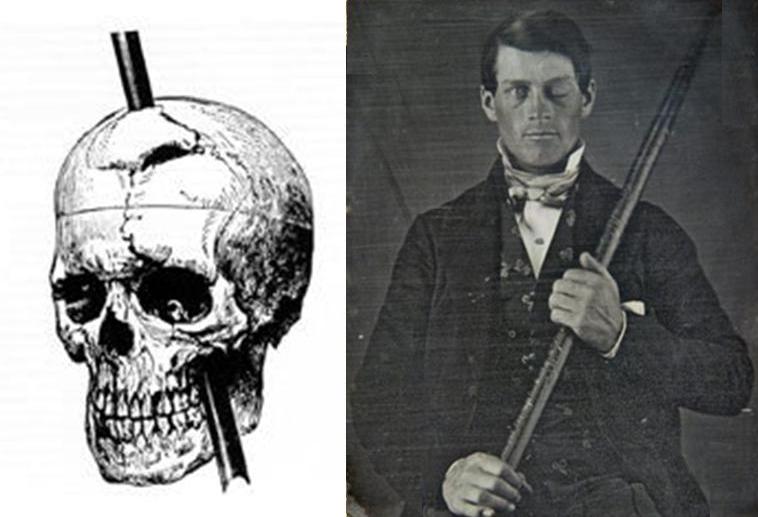|
26.2
SEPTEMBER 12, 490 BC - The Battle of Marathon was fought between the Greek and Persian Empires. The Greek army was able to defeat the more numerous Persian army and the victory marked the end of the first Persian invasion of Greece. According to tradition a Greek courier named Pheidippides ran the 26.2 miles from the battleground to the city of Athens to announce the victory. Upon delivering the good news Pheidippides' heart burst and he died. While historians debate whether the story of Pheidippides journey actually occurred or is simply a romantic invention, it nevertheless was the inspiration for the modern-day marathon race.
|
|
Gold Diggers
SEPTEMBER 12, 1857 - The SS Central America, a steamer ship carrying 13-15 tons of gold from the San Francisco Gold Rush, sank about 160 miles east of Cape Hatteras, North Carolina, during a hurricane. While several passengers were able to escape on life rafts during the hours before the sinking, a total of 425 passengers and crewmen went down with the ship. In 1987 the shipwreck site was discovered by the Columbus-America Discovery Group and approximately $150 million worth of gold was brought to the surface. Following the recovery of the gold, 39 insurance companies filed lawsuits against Columbus-America Discovery Group, claiming that because they paid damages in the 19th century for the lost gold, they had the right to it. The team that found it argued that the gold had been abandoned. After a nine-year legal battle, 92% of the gold was awarded to the discovery team in 1996.
|
|
Like I Need a Hole in My Head

SEPTEMBER 13, 1848 - A Vermont railroad worker named Phineas Gage survived after having a 3-foot-long iron rod driven through his head. Gage was directing a work gang blasting rock for the railroad track bed. Setting a blast involved boring a hole into an outcropping of rock, adding blasting powder, and then compacting the charge into the hole using a tamping iron. While Gage was setting a blast his tamping iron struck a spark against the rock and the powder exploded. The tamping iron rocketed out of the hole, entered the left side of his face, passed behind his left eye, and went out at the top of his head. The 13-pound, iron rod was found 80 feet away, smeared with blood and brain matter. Gage was thrown on his back by the explosion and he laid on the ground convulsing. However, after a few minutes he was able to sit up and speak and even walk with assistance. He was carried back to his lodgings where a doctor was able to examine him. He was treated by the doctor for two months before he was able to return to his parent's home in New Hampshire. Gage lived for another twelve years, moving around the country and working a variety of jobs, but his family and friends noted that his behavior and personality were never the same as before the accident. His doctor subsequently authored a seminal article on the case which contributed much to our knowledge about brain injuries.
|
|
Heath is Climbing
Highest point in Arizona.
|
Historical Archives
Read past editions of our This Week in History newsletter any time in our Archives.
|
|